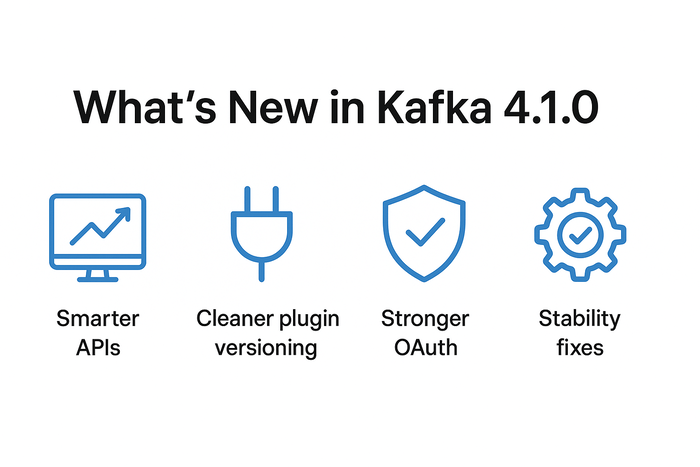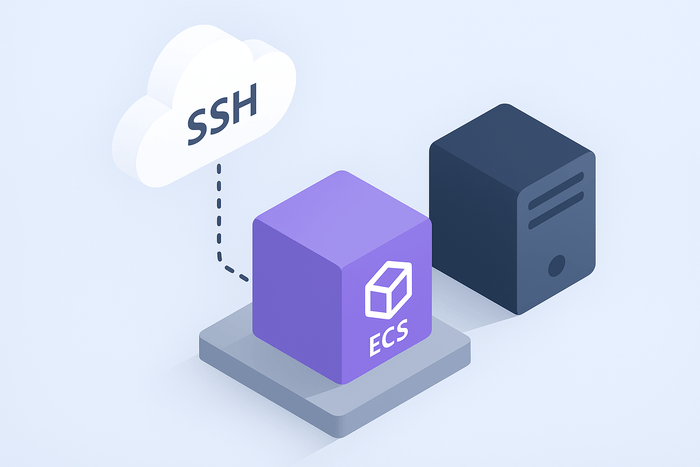The Valkey team has just announced Valkey 9.0, the project’s second major release, and it’s packed with innovations, long-requested features, and performance enhancements designed for today’s demanding workloads. From atomic slot migrations to field-level expirations in hashes, and even numbered databases in cluster mode, Valkey 9.0 sets a new standard for scalability and developer experience.
Let’s explore what’s new and why this release matters.
Atomic Slot Migrations: Fast, Safe, and Reliable
Before Valkey 9.0, data migrations inside clusters were handled on a key-by-key basis. While that worked in most cases, it came with drawbacks:
- Performance degradation during partial migrations
- Multi-key operations failing mid-migration
- Large key migrations are causing blocked nodes or even data loss
In Valkey 9.0, migrations have been completely reimagined.
Introducing Atomic Slot Migrations
Valkey clusters divide data into 16,384 slots. Instead of migrating key-by-key, Valkey now moves entire slots atomically, utilizing the AOF (Append-Only File) format to transfer data efficiently and safely.
This means:
- No partial key issues — the old node keeps serving requests until the entire slot is fully moved.
- Better handling of large collections — items are streamed individually, preventing latency spikes.
- Zero downtime migrations — clients don’t need to retry or handle redirects mid-move.
In short, migrations are now atomic, faster, and more resilient — even under heavy workloads.
🧠 Want to dive deeper? Check out the Keyspace Conference talk on Atomic Slot Migrations in Valkey 9.0 (video link coming soon).
Hash Field Expiration: Fine-Grained Control for Hashes
Hash data types are powerful for grouping related fields under one key — think user profiles, session data, or configuration objects. However, until now, expiration applied to the entire hash, not individual fields.
With Valkey 9.0, that limitation is gone.
You can now set individual expirations per field using a new family of commands:
HEXPIRE, HEXPIREAT, HEXPIRETIME, HGETEX, HPERSIST,
HPEXPIRE, HPEXPIREAT, HPEXPIRETIME, HPTTL, HSETEX, HTTL
Example Use Case
Imagine storing user login sessions where each session token should expire after a specific duration. With field-level expiration, you can now manage that directly within a single hash — no more awkward multi-key workarounds or inflated memory usage.
For a deep dive, read Ran Shidlansik’s technical post on Hash Field Expiration.
Numbered Databases in Cluster Mode: Finally Here
This is one of the most anticipated features. Numbered databases have been part of Valkey (and its predecessor) since the early days — but cluster mode previously supported only database 0.
That restriction is now lifted. 🎉
What’s New
Valkey 9.0 brings full support for numbered databases in cluster mode, letting you:
- Separate workloads cleanly across databases
- Prevent key collisions
- Scale horizontally without giving up isolation
It’s a small feature with big implications for multi-tenant systems, testing environments, and data isolation use cases.
Performance and Platform Improvements
Valkey 9.0 isn’t just about new features — it’s also about speed, scale, and smarter networking. Here’s a snapshot of what’s under the hood:
Massive Cluster Scaling
- 1 Billion requests per second on clusters with up to 2,000 nodes.
- Enhanced resilience and fault tolerance for very large deployments.
Throughput Boosts
- Pipeline Memory Prefetching: up to 40% higher throughput when pipelining commands.
- Zero-Copy Responses: avoids unnecessary internal copying, boosting performance by 20%.
Network & Hardware Optimizations
- Multipath TCP (MPTCP) support: reduces latency by 25% on compatible networks.
- SIMD optimizations for
BITCOUNTandHyperLogLog: up to 200% throughput improvement.
New and Enhanced Commands
- DELIFEQ — conditionally delete a key only if its value matches a given value.
- CLIENT LIST Filtering — filter by flags, IP, database, library, version, and more.
- Polygon Geospatial Queries — query locations using defined polygon shapes.
Un-deprecation
In an effort to maintain API backward compatibility, Valkey 9.0 reinstates 25 previously deprecated commands after community review. Legacy users rejoice!
Easter Egg: LOLWUT 9.0
True to tradition, Valkey 9.0 includes a brand-new LOLWUT generative art piece — a fun way to celebrate the release’s creative spirit. Run LOLWUT in your Valkey CLI to see what surprises await!
Get Started with Valkey 9.0 Today
Valkey 9.0 represents a major leap forward — from atomic slot migrations to fine-grained data expirations and scalable cluster performance. It’s built by a global community of passionate developers and contributors pushing the boundaries of open-source data systems.
You can:
- Download binaries or containers for your platform
- Build from source
- Find it soon in your favorite Linux distribution
💬 Join the community on GitHub Discussions or the Valkey Slack to share feedback, report issues, and contribute to future releases.
Conclusion
Valkey 9.0 isn’t just a version bump — it’s a modern rethinking of distributed in-memory data management. Whether you’re optimizing latency-sensitive microservices or managing large-scale clusters, this release gives you the tools to go further, faster, and more confidently.







